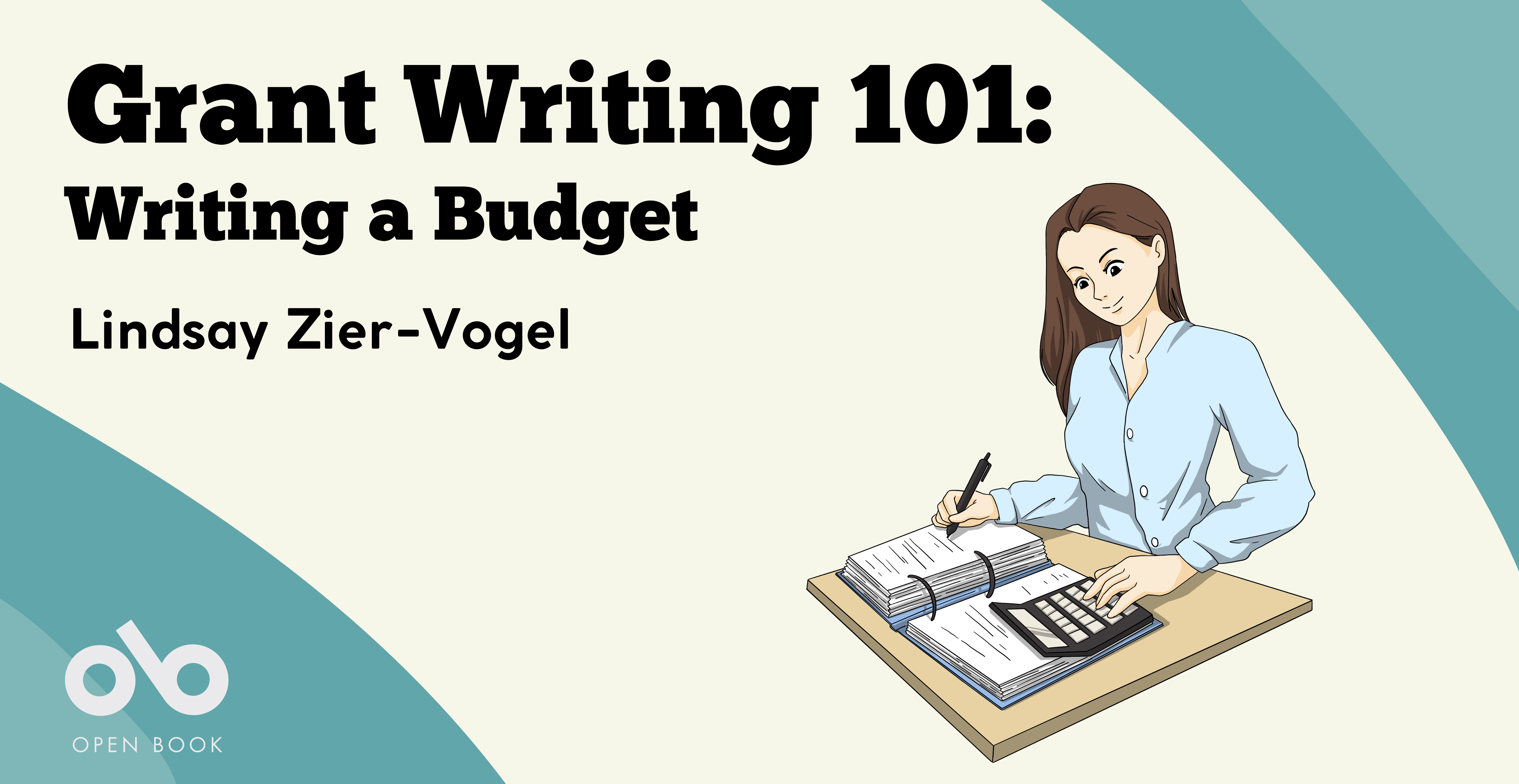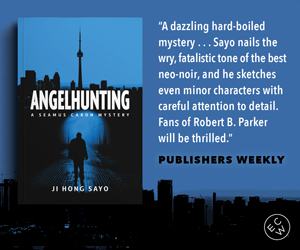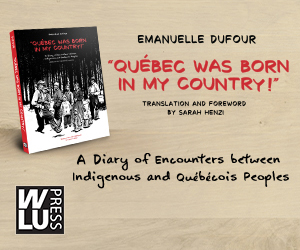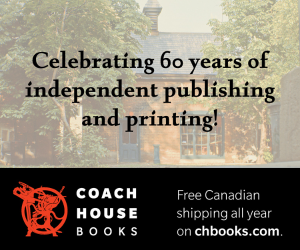Grant writing 101: Writing a budget
By Lindsay Zier-Vogel
Writing a grant budget can be daunting, but I promise it doesn’t have to be!
Many writing grants don’t even require budgets (TAC and OAC!), but some grants, including the Canada Council for the Arts grants do (and there’s a CCA Research & Creation deadline fast approaching!)
A sound budget is a key component to any Canada Council grant, and factors into the “feasibility” component of the grant when jurors are scoring the grants (which accounts for 20% of your total score).
So, how do you write a successful budget?
Budget as storytelling
Numbers are not my thing—words are, but when I started seeing budgets (especially the budget notes section!) as yet another place to expand on the story of the grant, budgets started feeling less daunting.
The budget has to “talk” to the grant
Years ago, a grant officer told me that the budget should “talk” to the rest of the grant, especially the work plan, and it’s a helpful way of thinking about it.
There shouldn’t be any information in the budget that hasn’t already been outlined in the workplan and the grant text—if you have a beta reader or mentor in the grant proposal, you should have a line item for beta reader or mentor in the grant. If you have are doing a residency in the proposal, you should have the residency fees in the budget. If you are travelling, the number of days in the text answers should line up with the number of days in the budget.
The number of weeks indicated in the start date/end date of the grant text, and the work plan should connect with the number of weeks of work in the Artist Fee section of the budget.
Your CanLit News
Subscribe to Open Book’s newsletter to get local book events, literary content, writing tips, and more in your inbox
There should be no new information in the budget, just a breakdown of costs for each line item.
Request amount
You don’t get any points for asking for less money, though you do need to be able to justify the amount you’re asking for. I always suggest my clients ask for the full amount—for the Canada Council’s Research & Creation grants, that’s $25,000.
Which column do you fill out?
In a Canada Council budget, there are a few different columns. You want to fill out the “Budget” column (Column F). If you have to amend your budget (after receiving funding), you would fill out Columns G and/or H (Updates 1 and 2), and send them for approval from your officer. You fill out the “Actual” column (Column I) when it’s time to send back your final report after the conclusion of your grant.
You also need to fill out the budget notes column (Column J). THIS IS KEY!
Budget notes
The budget notes column (Column J) is your friend. It’s yet another place to continue telling the story of your project and showcase that you’ve thought through every component of the project.
Breakdown every single cost to the penny. Don’t round up or down. Don’t throw out a random number. A jury will want to know how you’re planning on spending the funding, so be as clear and detailed as possible in this column. Is it awkward to fill out costs in a tiny little excel box? Yes! But do it anyway!
Expenses:
Artist Fee
THIS IS SO SO IMPORTANT! You do not get points for underpaying yourself. In fact, that will count against your “Feasibility” score. Pay yourself well!
The guideline used to be $500/week, and you didn’t have to justify the expenses, but the wording’s changed. You can use a flat fee for the project, so long as you reference an industry standard (which is…what exactly?! Ha ha sob).
The median rate for writing in Canada is $32/h (according to the Canadian government as of November 2022), so I’d suggest using that as the minimum hourly rate, and suggest increasing it to $50/hour rate, and then figuring out how many hours/week you’ll work on the project, and how many weeks you’ll work on the project to calculate your Artist Fee.
Paying other contributors/artists
You can include hiring an editor, mentor and/or beta readers in your grant. Be sure to include their names, and why you want to work with them in the grant text, and bios and letters of agreement from them in the support material.
For fees, I suggest using Writer’s Union of Canada rates as the minimum for paying mentors/editors/beta readers. Even if they offer to work for free, don’t let them! We should all be paid for our work, and the Canada Council’s mandate is to pay artists.
Also, consider offering an honorarium to anyone you interview to cover their time.
Additional costs
If you need to purchase the Microsoft Office Suite and/or print off manuscripts to edit, be sure to include the costs in your budget (more clarification here!). You can also include child/dependent care costs if required to complete the activity (though this can’t include regular, ongoing expenses).
Equipment purchases (including computers) are eligible to a maximum of $1,000 per item, with a total of all equipment purchases maxing out at 10% of the total grant request. Note: You will need to justify why you need to purchase equipment in the text of the grant.
NOTE: The Research & Creation grants DO NOT cover self-publishing costs.
Transportation (for grants that include travel)
Don’t round up here. Head over to an airline website and get an actual quote for your flight. Also be sure to include transportation to and from an airport/train station, and any bus/cab fare. Breakdown these costs in the budget notes column.
Per diem (for grants that include travel)
The per diem rate for the Canada Council is $150/day/person max, which includes food AND accommodations. Most hotels are MUCH more than $150/night these days, but this is a hard and fast Canada Council rate.
DO NOT include…
Any retroactive costs (costs that are incurred BEFORE submission of the grant), which include grant writing costs.
Also avoid exorbitant fees for accountants to do your taxes, and high admin costs (for writing grants, this can be different if you’re working in a different discipline).
Revenue:
Revenue includes the money you’re requesting from the Canada Council (which goes in the “pending” column).
Important note: You do not need to have any additional revenue for a writing grant.
If you have confirmed funding from elsewhere—another grant, etc—it goes under the “confirmed” column. I would avoid including any other pending grants, as we all know, that money is not guaranteed.
At the very bottom of the budget (Line 165), it indicates what percentage the Canada Council is covering and for writing grants, it’s FINE if the requested amount is 100% of the costs!
In-kind donations
In-kind donations are not necessary for a writing grant, but if you do have any, make sure you include in the expenses section, and then they’ll zero out in the revenue section.
Even if a mentor/beta reader offers to do the work for free, I would NOT include this here. One of the mandates of the Council is to pay artists, and not paying artists can impact your “feasibility” score.
Applicant’s contribution
I really wish the Canada Council would take out this line. You DO NOT have to contribute anything here. In fact, as Council wants to pay artists, lowering your fees by contributing your own money can impact your “feasibility” score.
Balancing your budget
Your budget must “zero out” which means the expenses and the revenue must be the same.
Extras
Don’t forget to add your name and date to the very top of the budget form. The cells requiring them are hard to see, but they’re on Line 3 and 6 respectively.
Make sure the amount you request in your budget is the same amount you request in the main form of the grant. THIS IS KEY!
This might sound obvious, but make sure you use the correct budget template! If you’re applying for a Research & Creation grant, ensure you’re using the Research & Creation budget template. If you’re applying for a Professional Development grant, ensure you’re using the Professional Development budget template.
When in doubt, contact a grant officer!
If you have any questions, contact a grant officer!! That’s why they’re there! Send along an email with your name, brief description of your project and question, and they’ll help you out.
The views expressed by Open Book columnists are those held by the authors and do not necessarily reflect the views of Open Book.
Lindsay Zier-Vogel is an author, arts educator, grant writer, and the creator of the internationally acclaimed Love Lettering Project. After studying contemporary dance, she received her MA in Creative Writing from the University of Toronto. She is the author of the acclaimed debut novel Letters to Amelia and her work has been published widely in Canada and the UK. Dear Street is Lindsay’s first picture book, and is a 2023 Junior Library Guild pick, a 2023 Canadian Children’s Book Centre book of the year, and has been nominated for a Forest of Reading Blue Spruce Award. Since 2001, she has been teaching creative writing workshops in schools and communities, and as the creator of the Love Lettering Project, Lindsay has asked people all over the world to write love letters to their communities and hide them for strangers to find, spreading place-based love.



